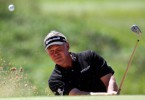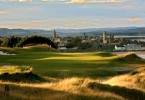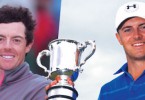This article first appeared in the Mar/Apr 2016 issue of WGM.
In our last golf tip, we looked at how to implement a smooth one piece takeaway. This time we will be focusing on the completion of the backswing and the effect it has on the all-important transition and downswing movements.

The geometry of the swing comprises a certain amount of upward movement combined with a certain amount of “around” movement. All of this is dictated by your set up to the ball, the length of the club and the lie of the ball. These factors make up the plane of the swing and the closer we are to the plane, the more efficient the golf swing.
![[b]Chris Connell[/b]](http://www.wgm8.com/wp-content/uploads/2016/02/images_wgm_1040_breaking-down-the-back-swing-2.jpg)
However, the plane can only be effective if the body motion is under control and the wrists allow the club to leverage properly. Without these components the backswing will come off the plane.

When the shaft reaches parallel, the left arm and the club shaft should line up along the toe line and parallel to the target line. The left forearm should be rotated enough so that the glove hand will face straight in front along with the clubface. Good symmetry at this position will help to set the club on an efficient plane.
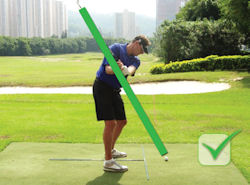
This is a key stage of the swing as the club starts to set through the cocking action of the wrists. If the grip is correct and finger orientated it will allow the wrists to create leverage which in turn will help to create a huge power source. At this position the club should feel very light with the butt end of the club pointing in the region of the target line. Hands should be in the middle of the chest and the shaft tipping through the shoulder.
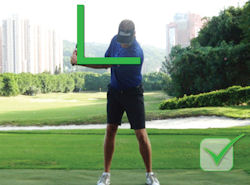
The cocking action of the wrists creates a 90 degree angle or L-shape between the left arm and the shaft of the club. The left arm maintains a comfortably straight position to maintain width in the swing.

An efficient “on plane” backswing with a balance of arm, wrist and club movement incorporated into a rotational turn of the body using the ground as its foundation. Without a centred turn we would create little power and the club would be out of position. Things to note are that the left arm and the back of the gloved hand match the shoulder plane as does the clubface. The butt end of the club still points at the target line so the club is still “on plane”.

To practice the correct body sequence put your arms across the shoulders, bend into a 5-iron posture and using the ground as a platform rotate the pelvis and trunk of the body to the backswing side – transferring weight to the inside of the right leg (for a right handed player). Try to stay as centred as possible with the left shoulder inside the right knee.

In this example, the wrists fail to leverage because of poor grip, causing tension. The club is lifted with no forearm rotation causing a heavy feeling club, with the shaft and butt pointing way off the plane. From this position the golfer would struggle with contact, accuracy and distance.
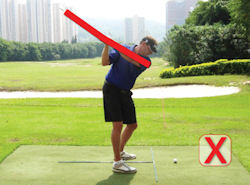
As shown here, an arm orientated backswing with little or no rotational turn from the body will force the club into a laid off position with the club pointing well to the left. This will lead to shots with little power or direction.
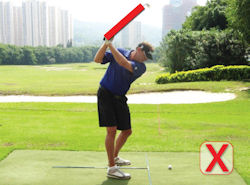
In this instance the arms and body have turned too early, causing the arms to swing too much around and behind the body. From here the golfer is forced to lift the arms which will give the club the look of being across the line and pointing too much to the right. This will lead to poor contact and major directional errors.
By trying to create a powerful “on plane” backswing, a player gives themselves the best possible chance to create a smooth controlled downswing. By copying the positions in a mirror, then through slow swings with a ball on a tee, the positions will start to feel more comfortable and consistent.
Take these photos as a template and try to get close, remembering that there are always small margins of error on either side of the plane angle. However, if your swing strays too far from those in the photos you will have to make compensations to hit solid, consistent shots.






